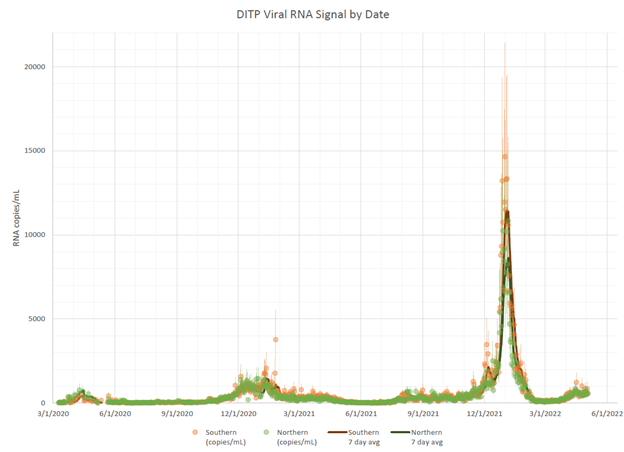Have you ever heard about monitoring wastewater for Covid-19 outbreaks? If you haven’t, let me be the first to tell you that environmental chemists can monitor Coronavirus outbreaks on a routine basis. This procedure represents a scientific field referred to as Wastewater-Based Epidemiology.
In other words, in the same way, a health practitioner can diagnose a patient with coronavirus, environmental chemists can diagnose a community with a coronavirus outbreak! Pretty cool, huh?
As we all know, with cool things, comes even cooler science. So how does this work?
Well, if you have ever had to take a Covid test you may be aware that your health care provider required a “fluid sample”, which in my case involved someone sticking a swab up my nose. As it turns out, environmental chemists also need a fluid sample, these samples, however, require a trip to a regional wastewater treatment plant. And yes, environmental chemists do this type of sampling for us all, so if you know one, do us all a favor and thank them! Now, a major difference between testing human fluids and wastewater is the size of the sample required.
When testing a patient for Covid-19, less than 1mL of bodily fluid is typically needed for confirmation. On the other hand, up to 1 liter of wastewater sample could be required to obtain the sensitivity needed to confirm a coronavirus outbreak in a community. This is because wastewater is typically comprised of inputs from multiple sources such as surface waters, industrial discharge as well as municipal discharge. This leads to dilution of the viral RNA in wastewater when compared to more concentrated patient samples. Therefore, to process higher volume wastewater samples, environmental chemists will require particulate filtration.
The ability to process large volumes of wastewater samples allows the chemist to increase the viral concentration for further processing and confirmation. At this point, the chemist will extract the viral RNA utilizing lysing and homogenization techniques. Once the viral RNA is extracted, the presence of coronavirus is determined utilizing Polymerase Chain Reaction (PCR). Below is an example of how regional Covid-19 outbreaks is monitored in wastewater by the Massachusetts Water Resources Authority (source: https://www.mwra.com/biobot/biobotdata.htm). As you can see from the chart a significant increase in viral load was detected in the area’s wastewater in mid-February 2022. 
The data generated from this process allows us to monitor viral outbreaks in communities, regions, and even worldwide. The ability to map viral outbreaks spatially provides us with vital information in understanding not only Covid-19 outbreaks but potentially even future outbreaks of other viruses. For this reason, I find wastewater-based epidemiology to be a powerful tool for tracking regional and global health and safety.

